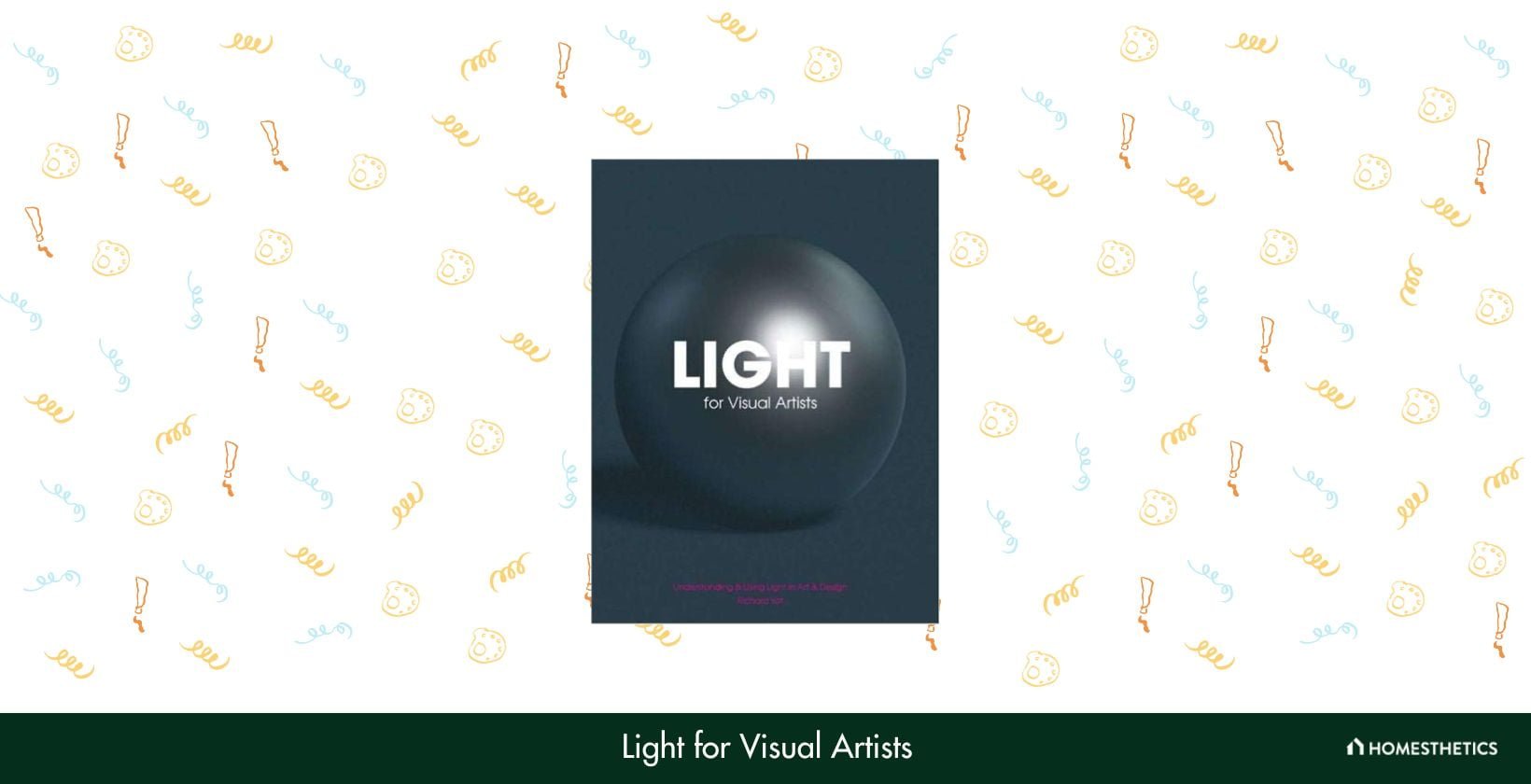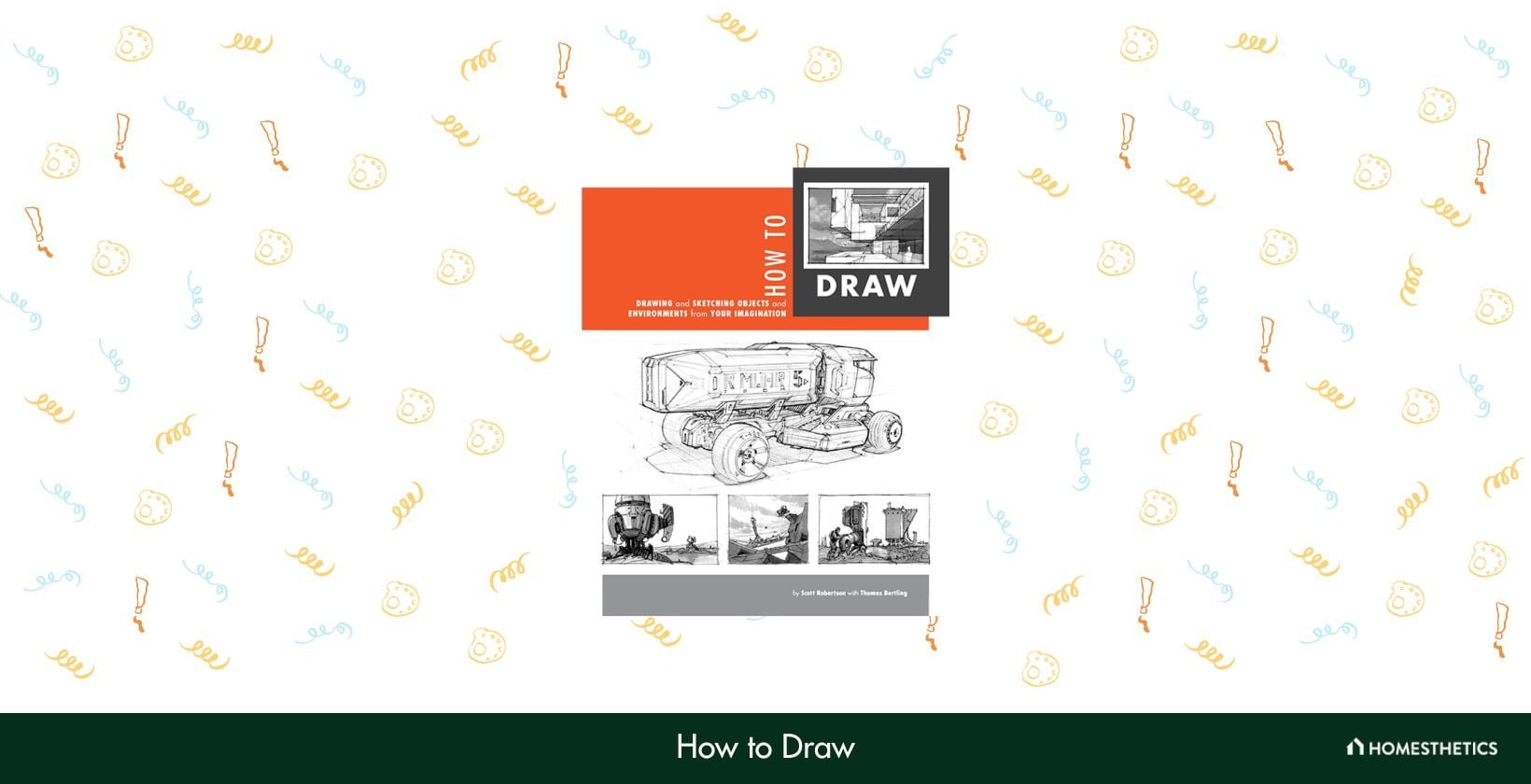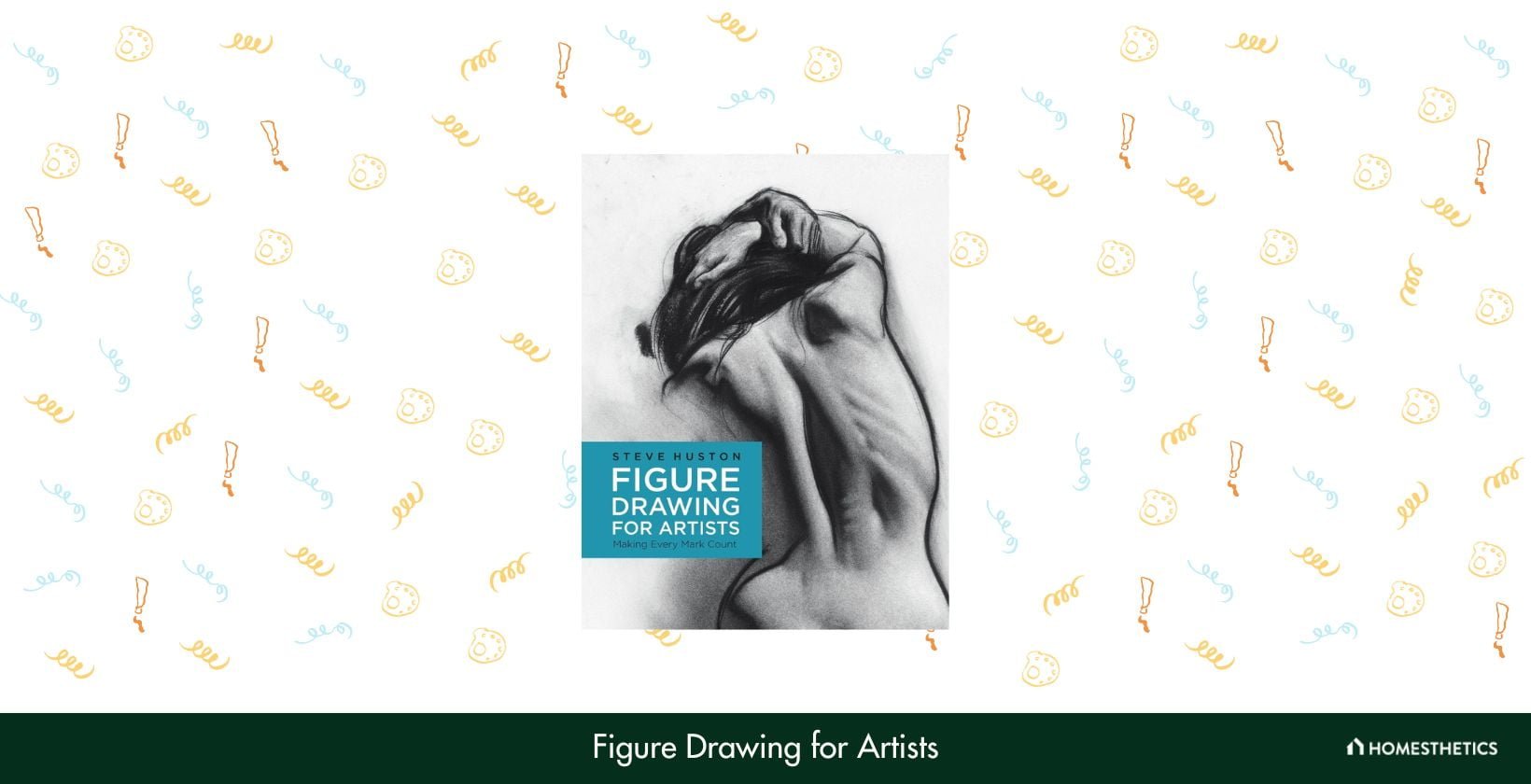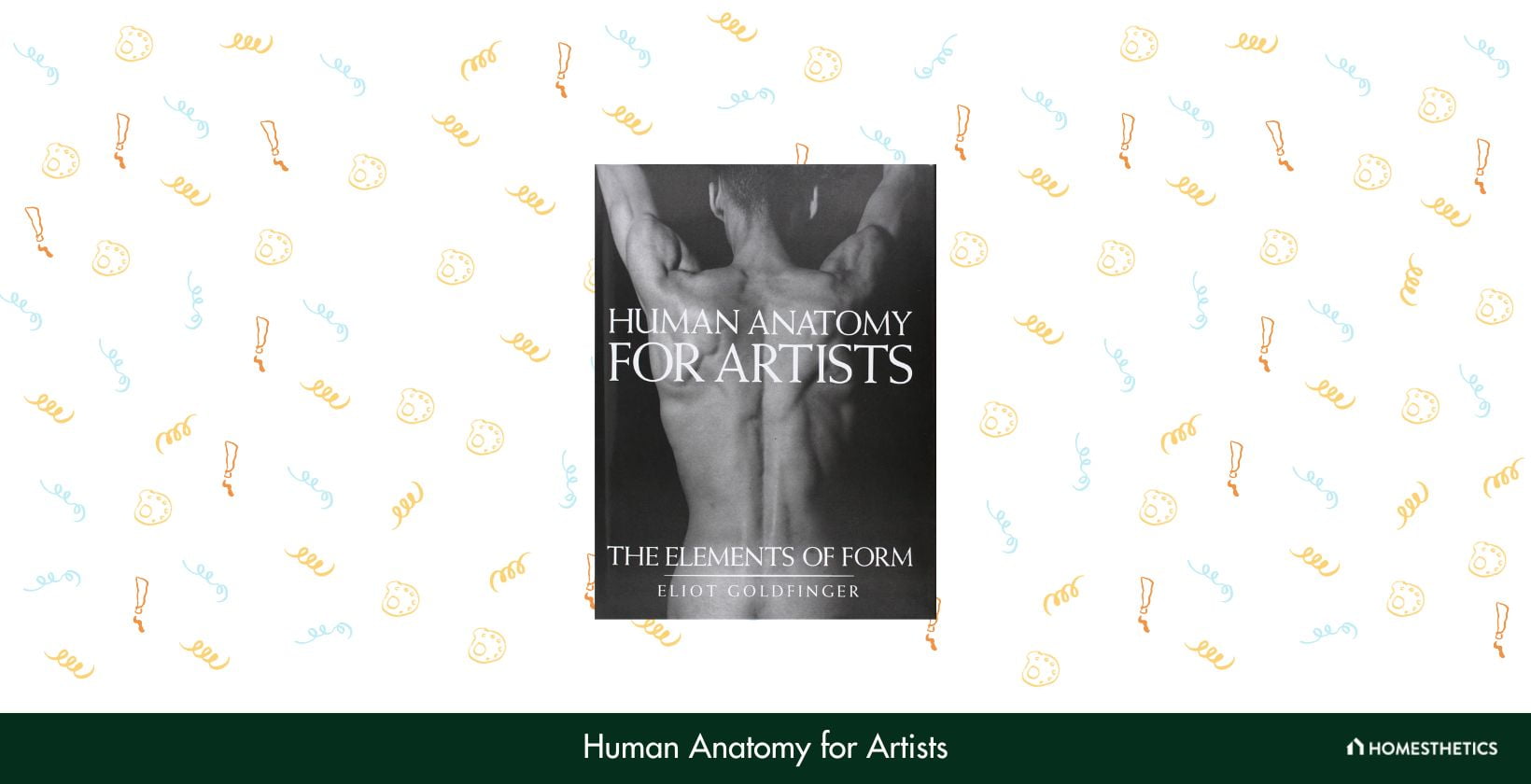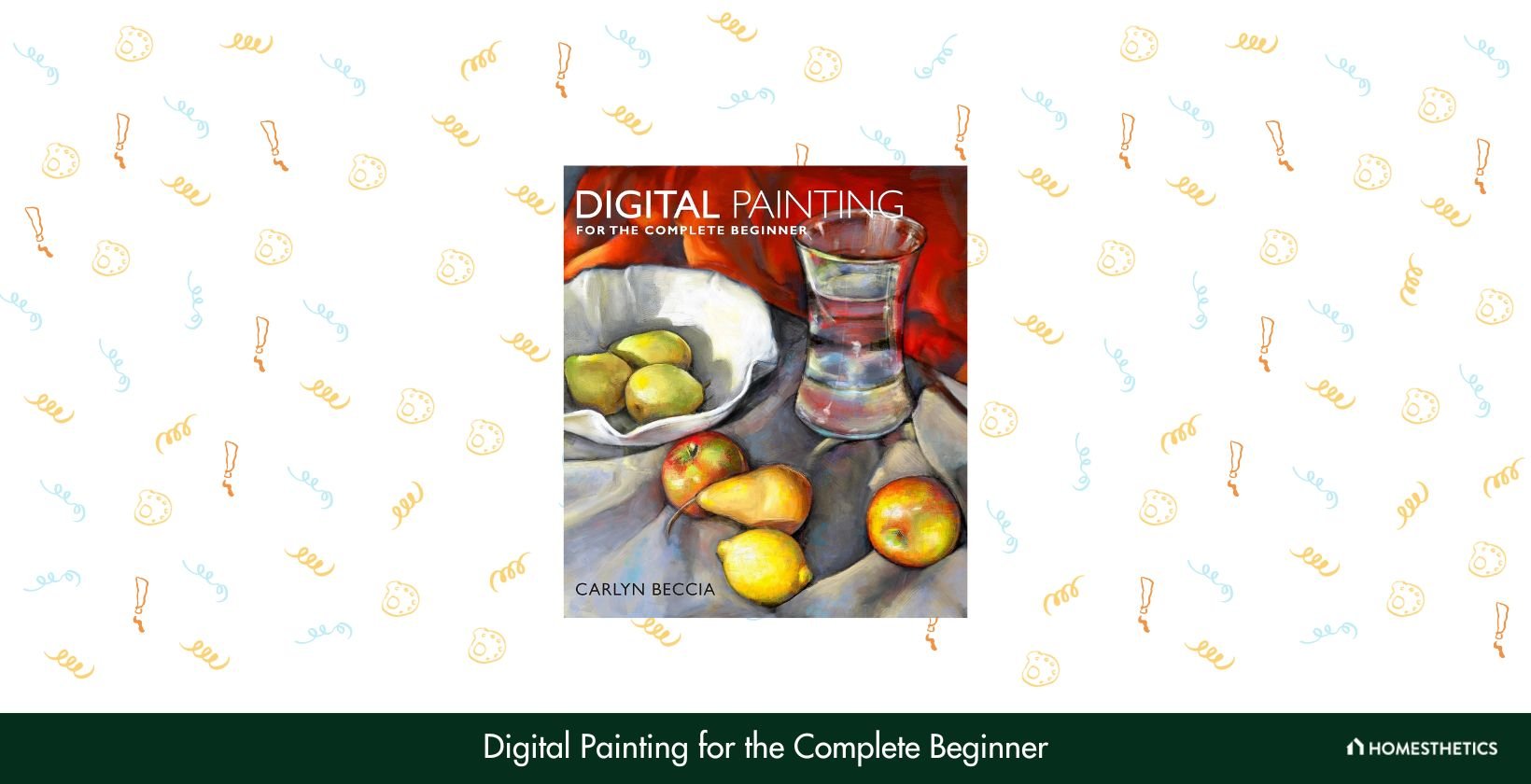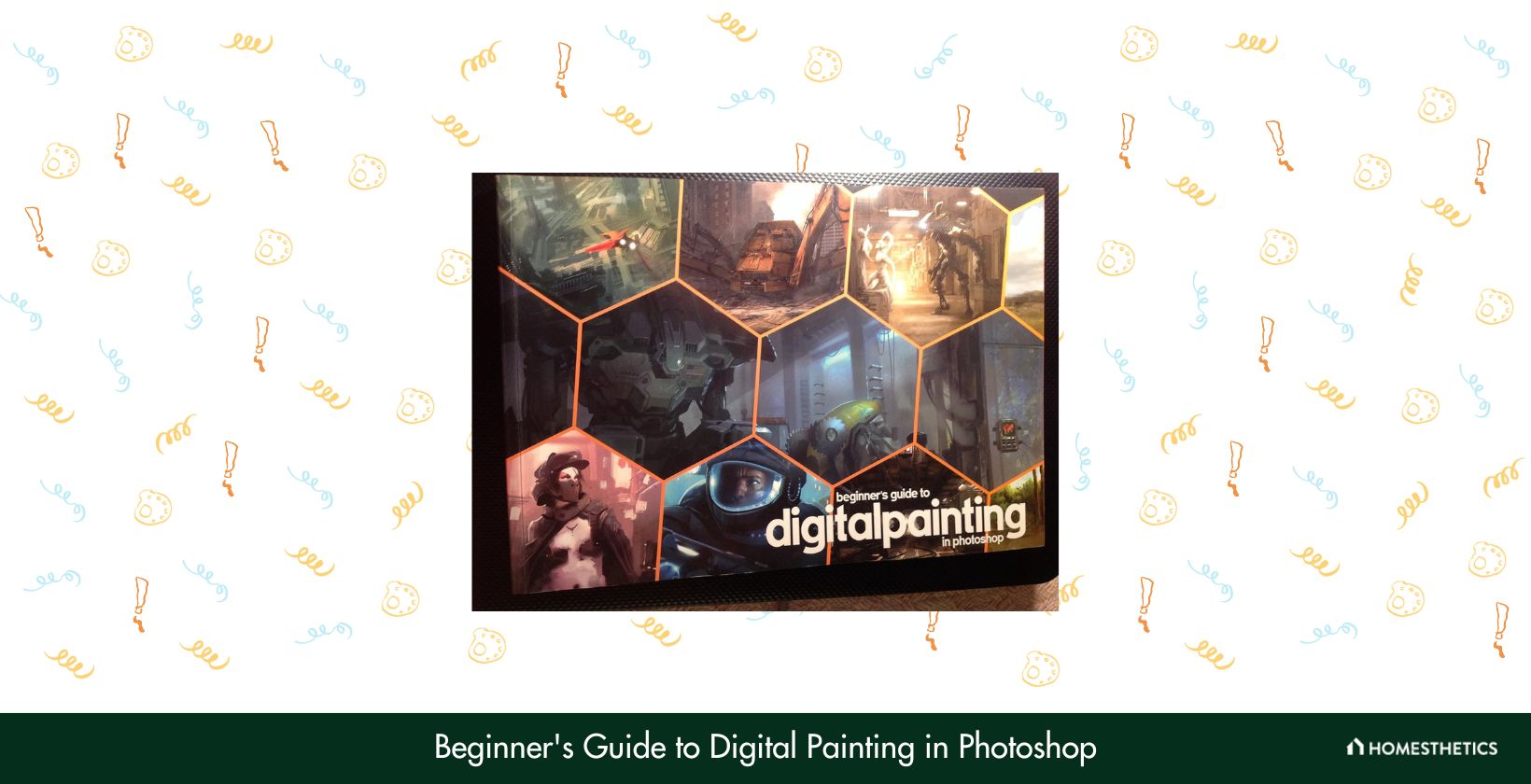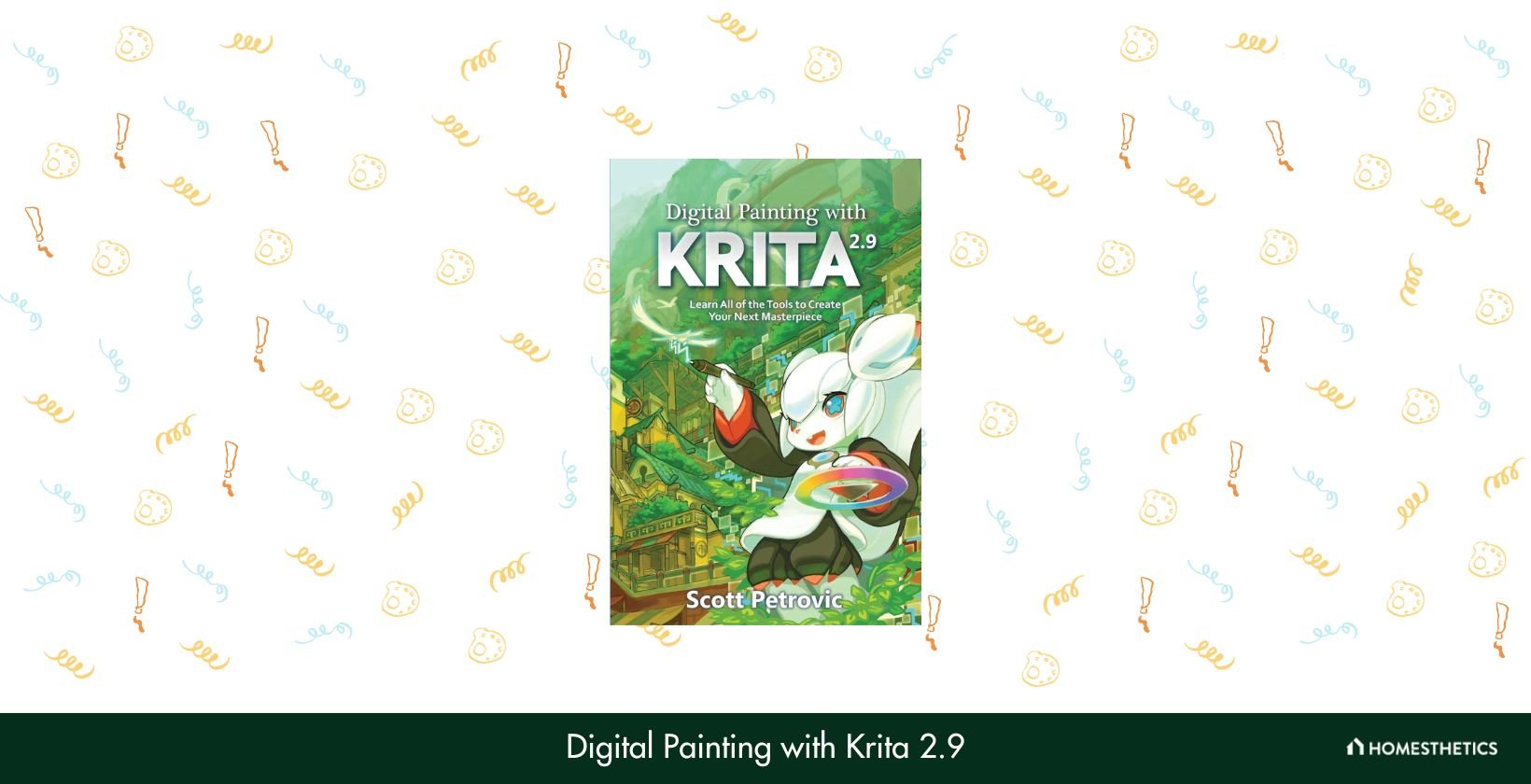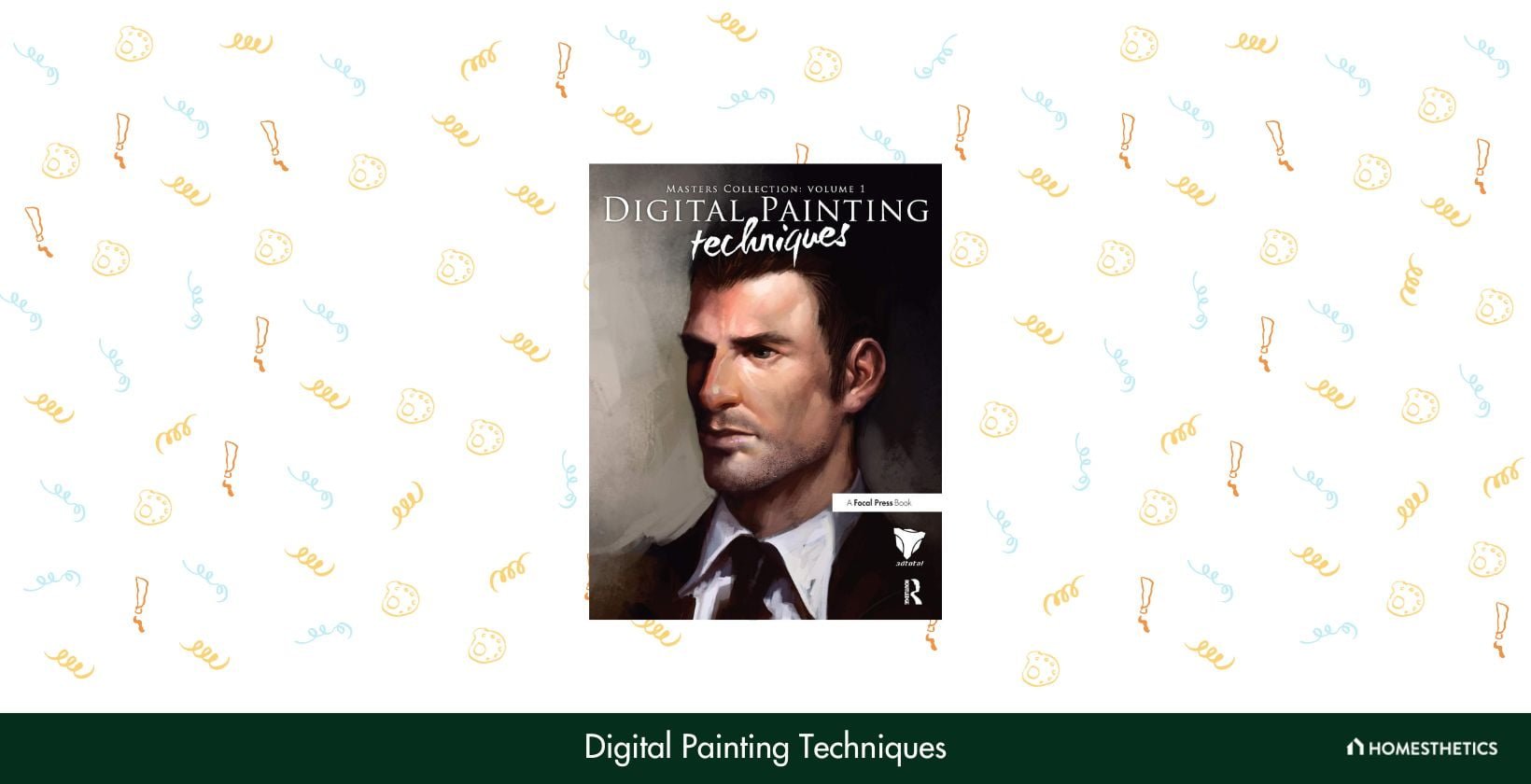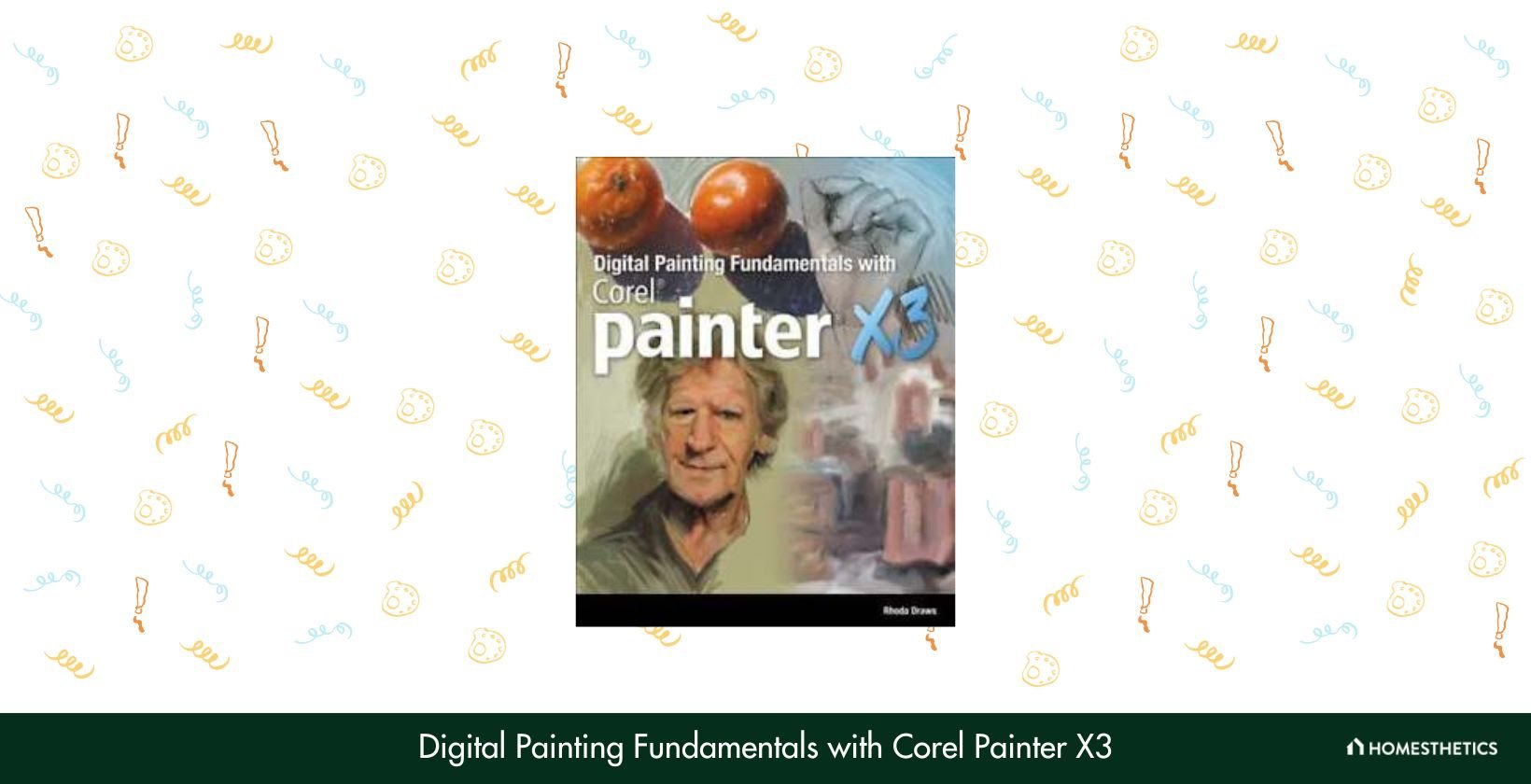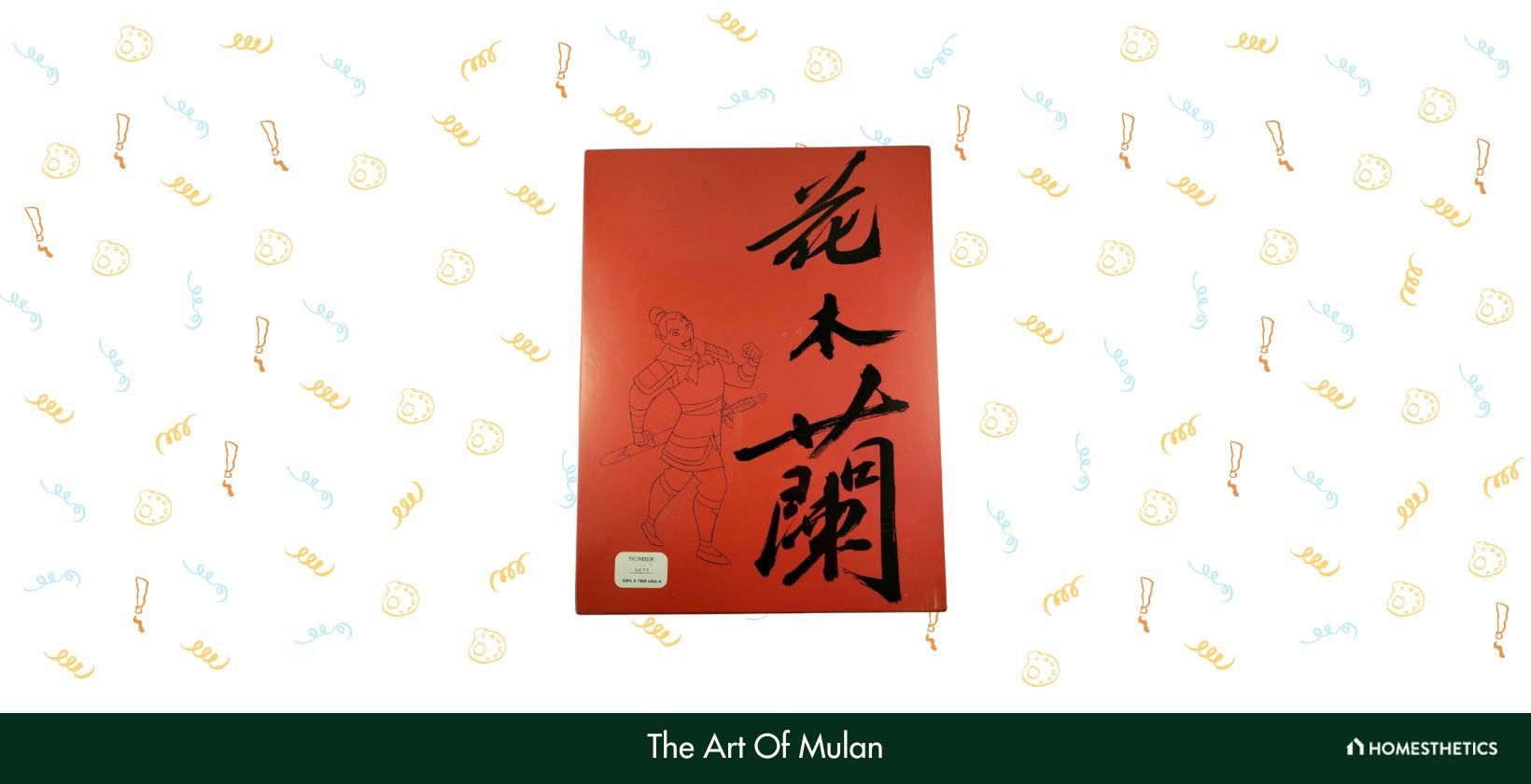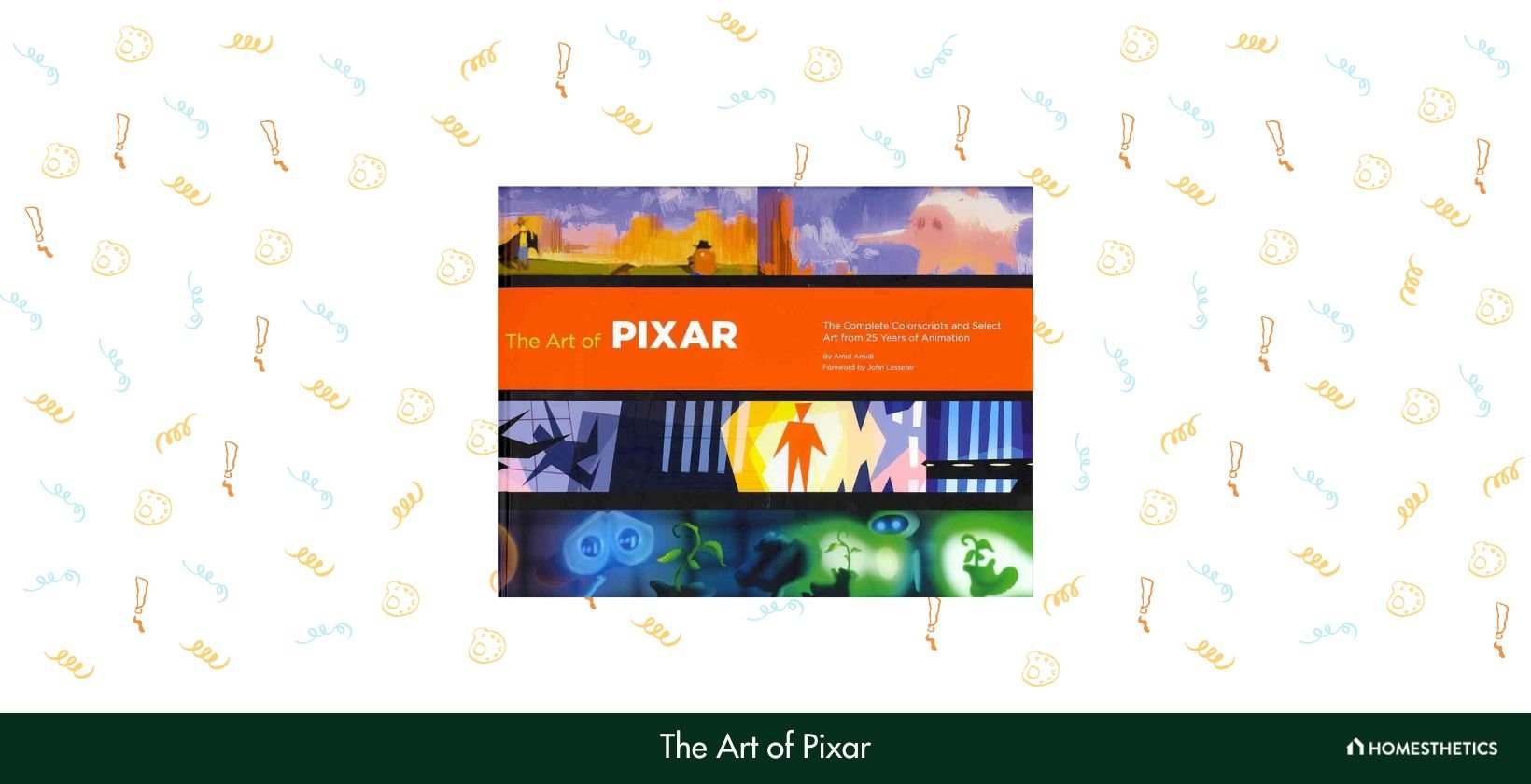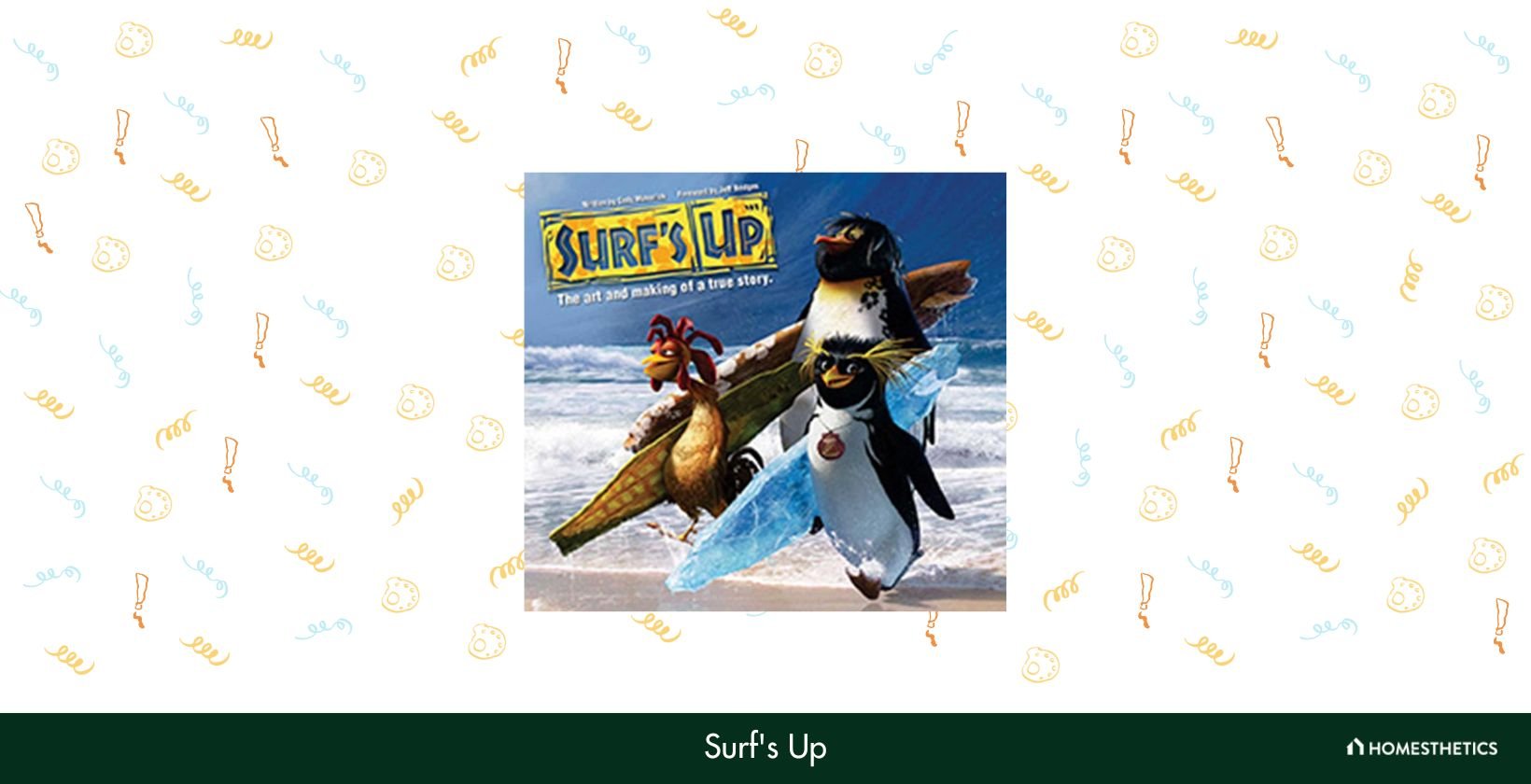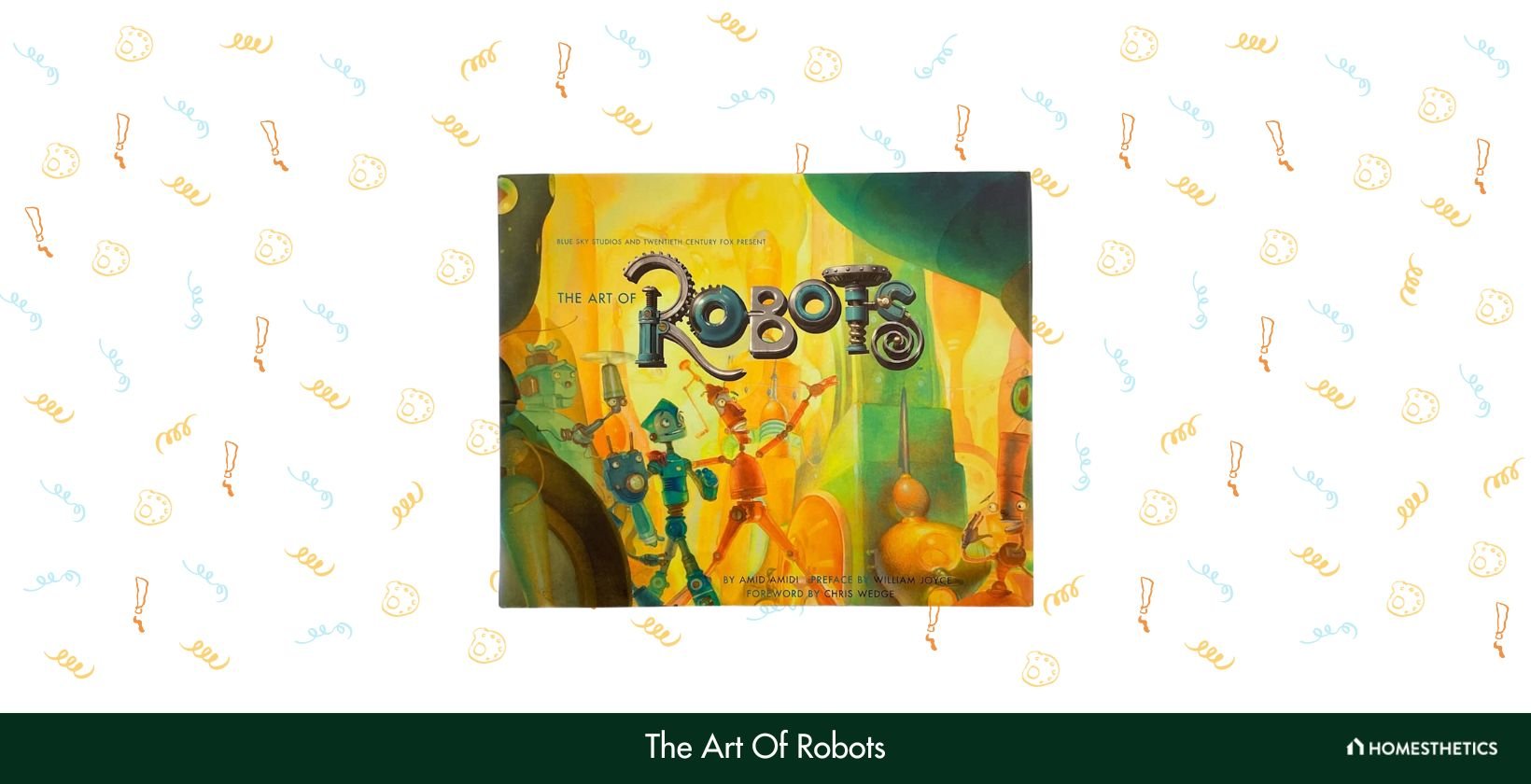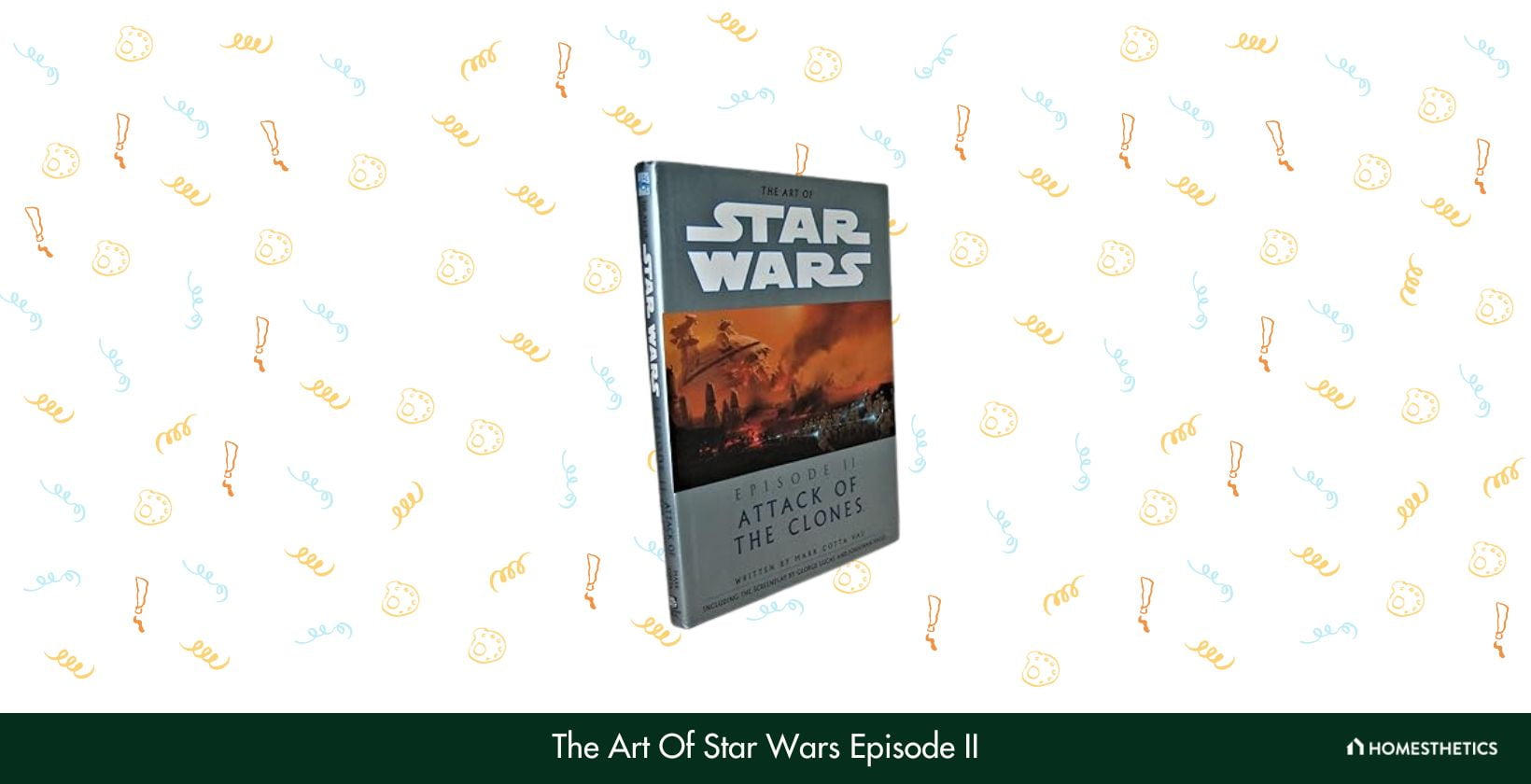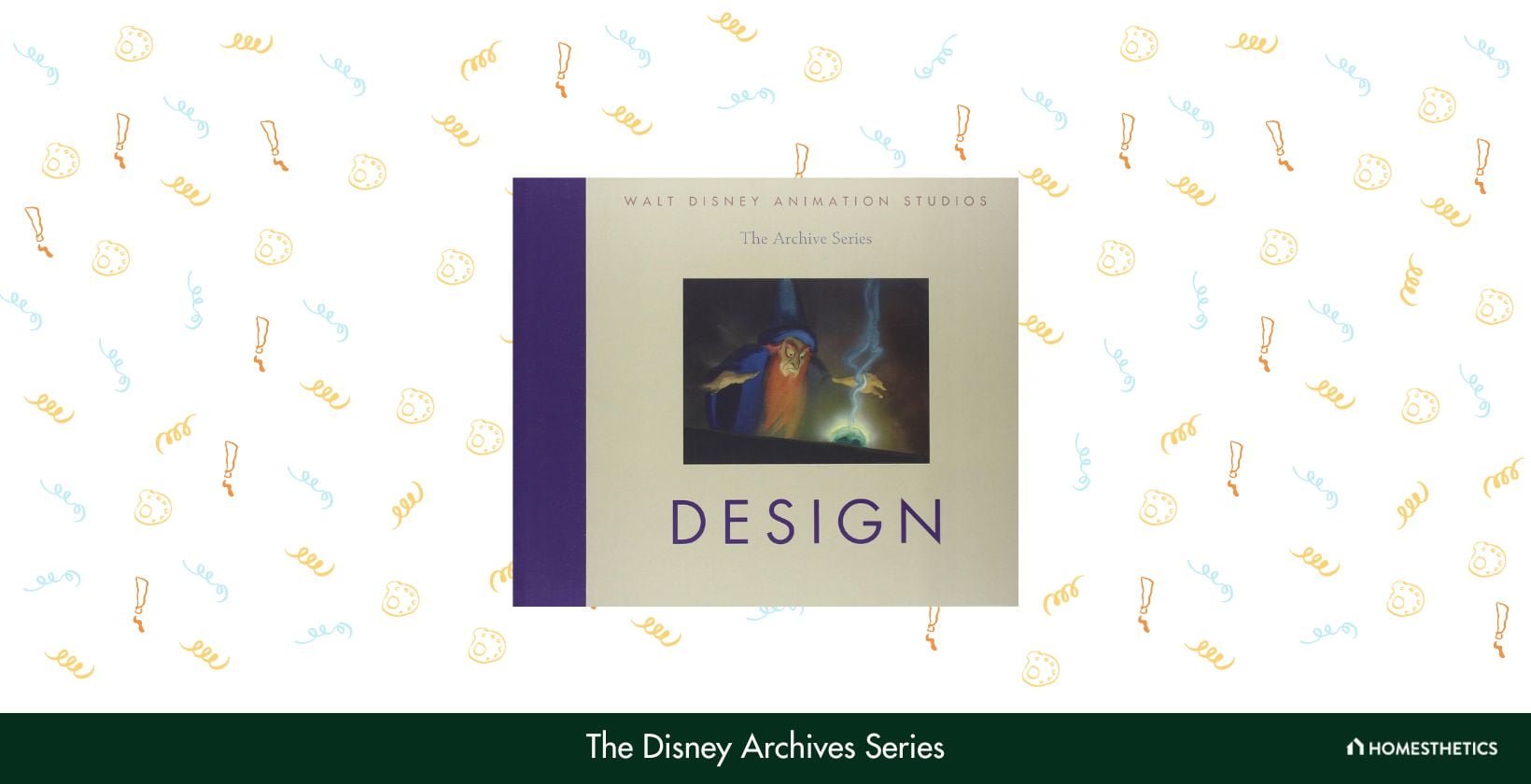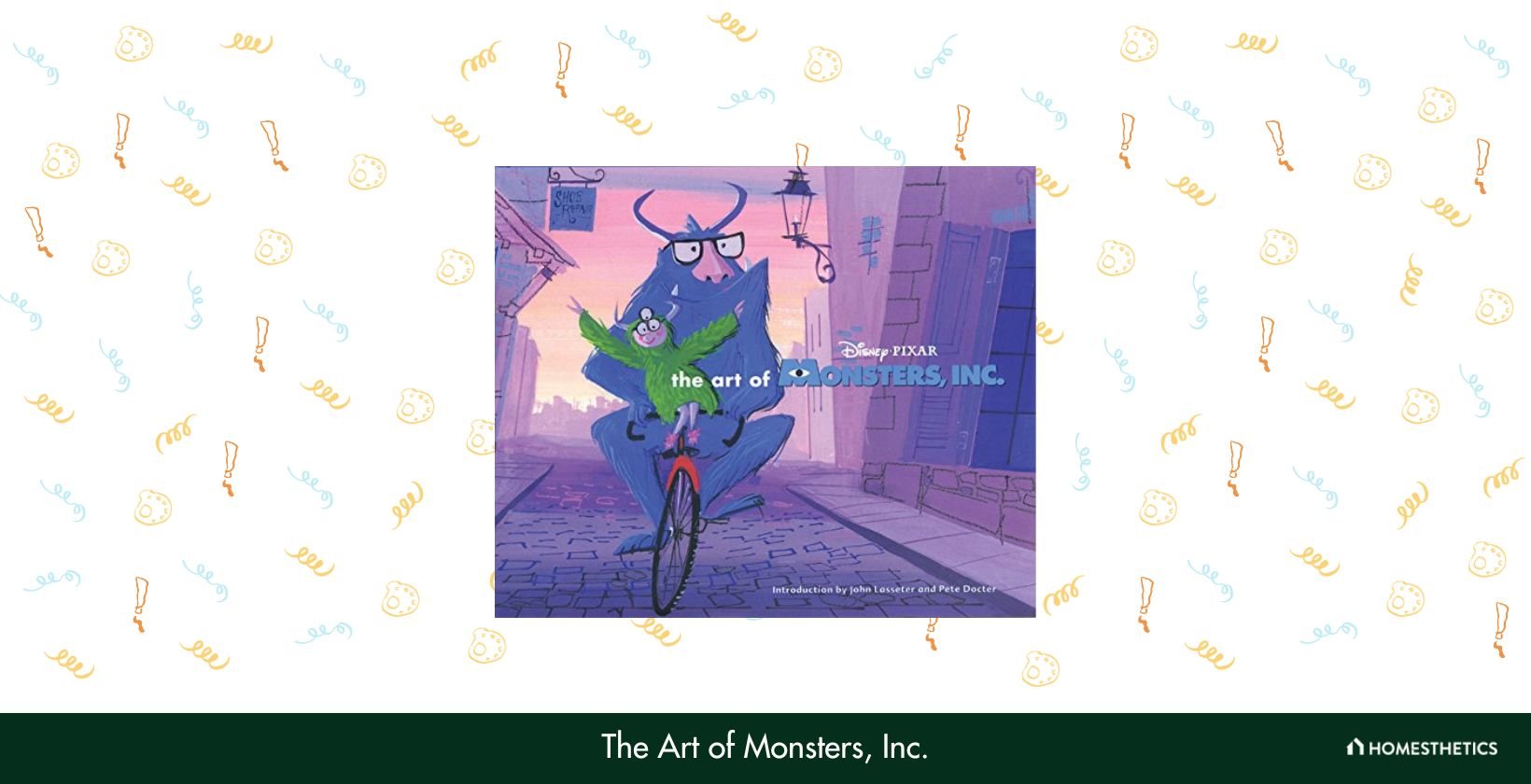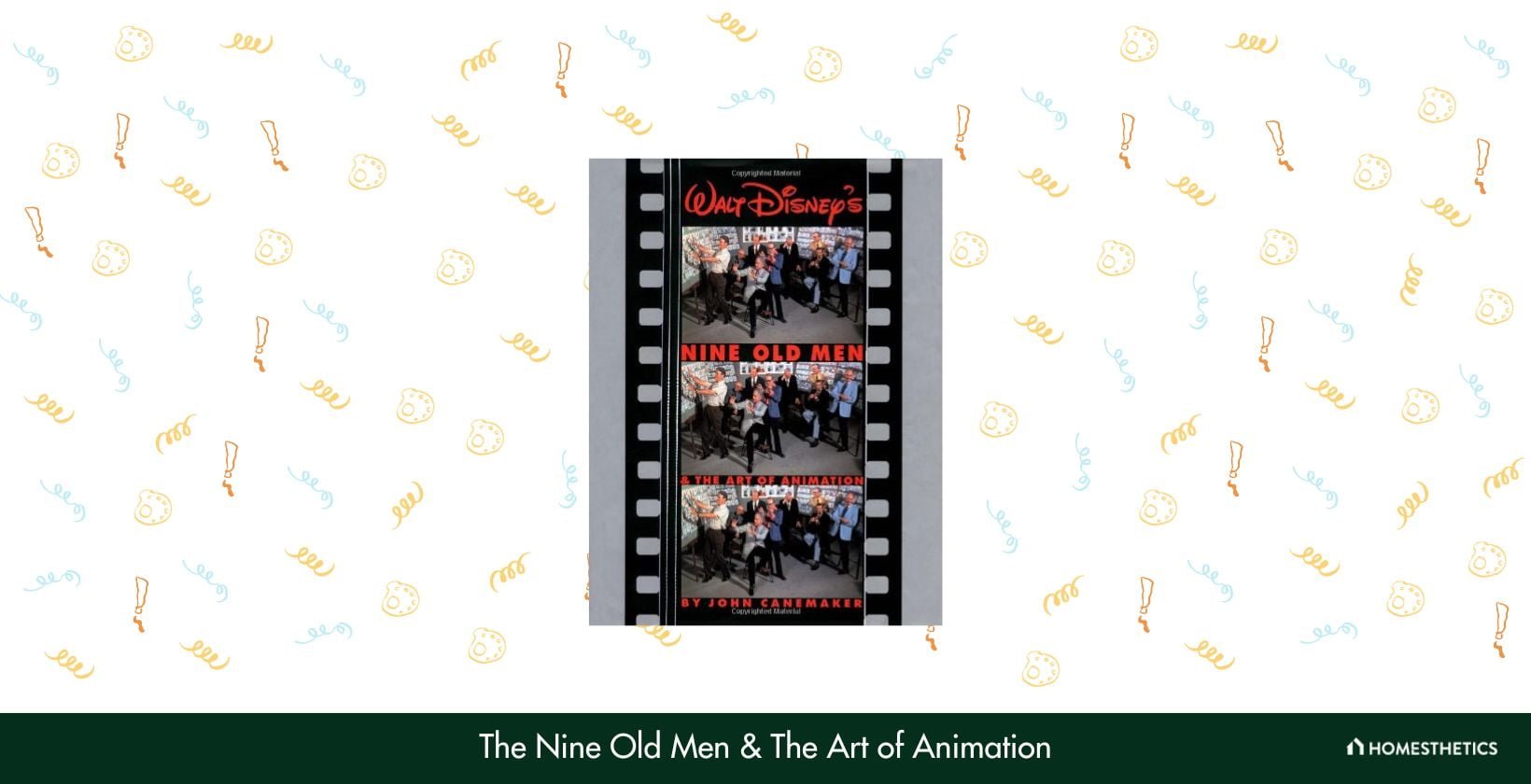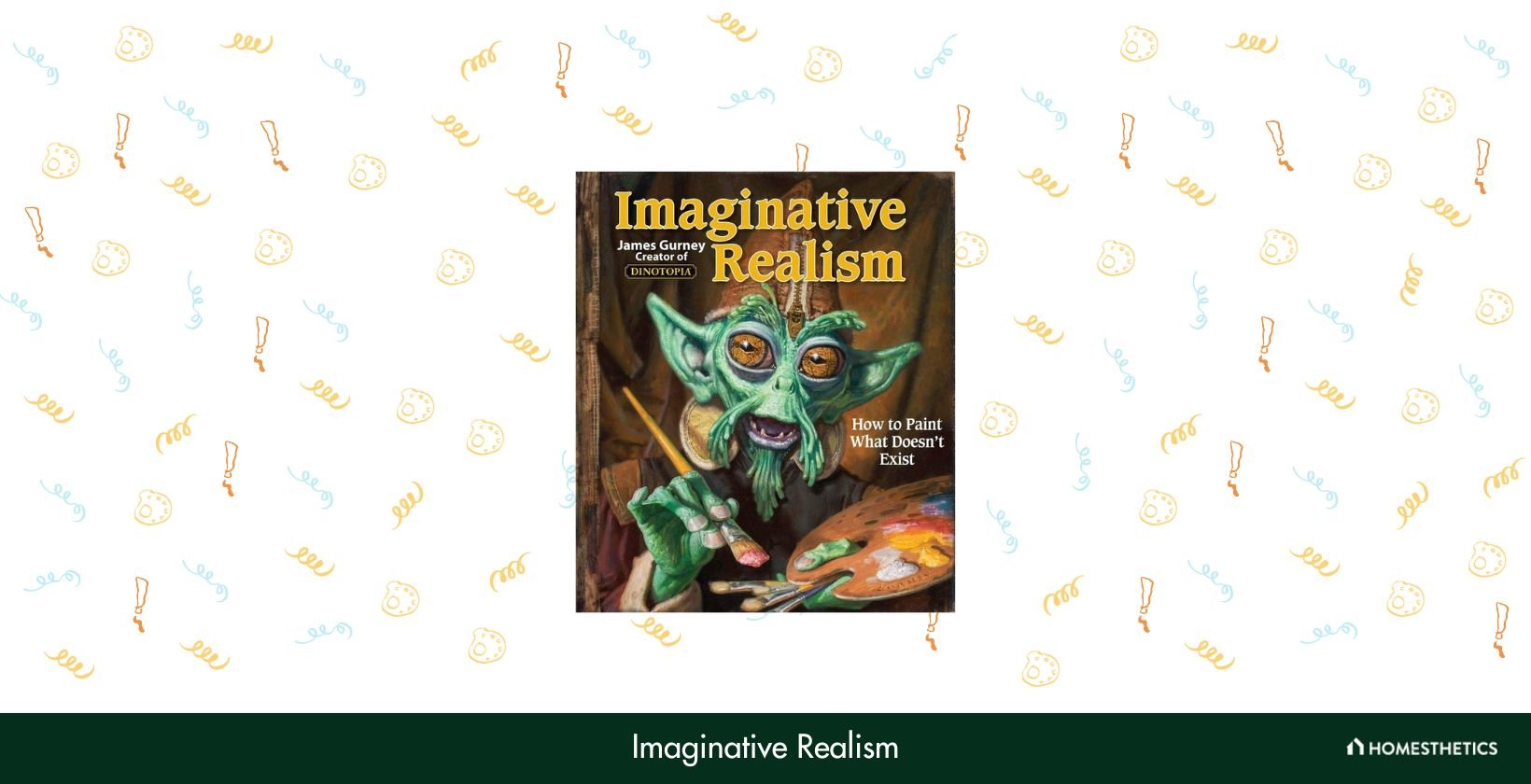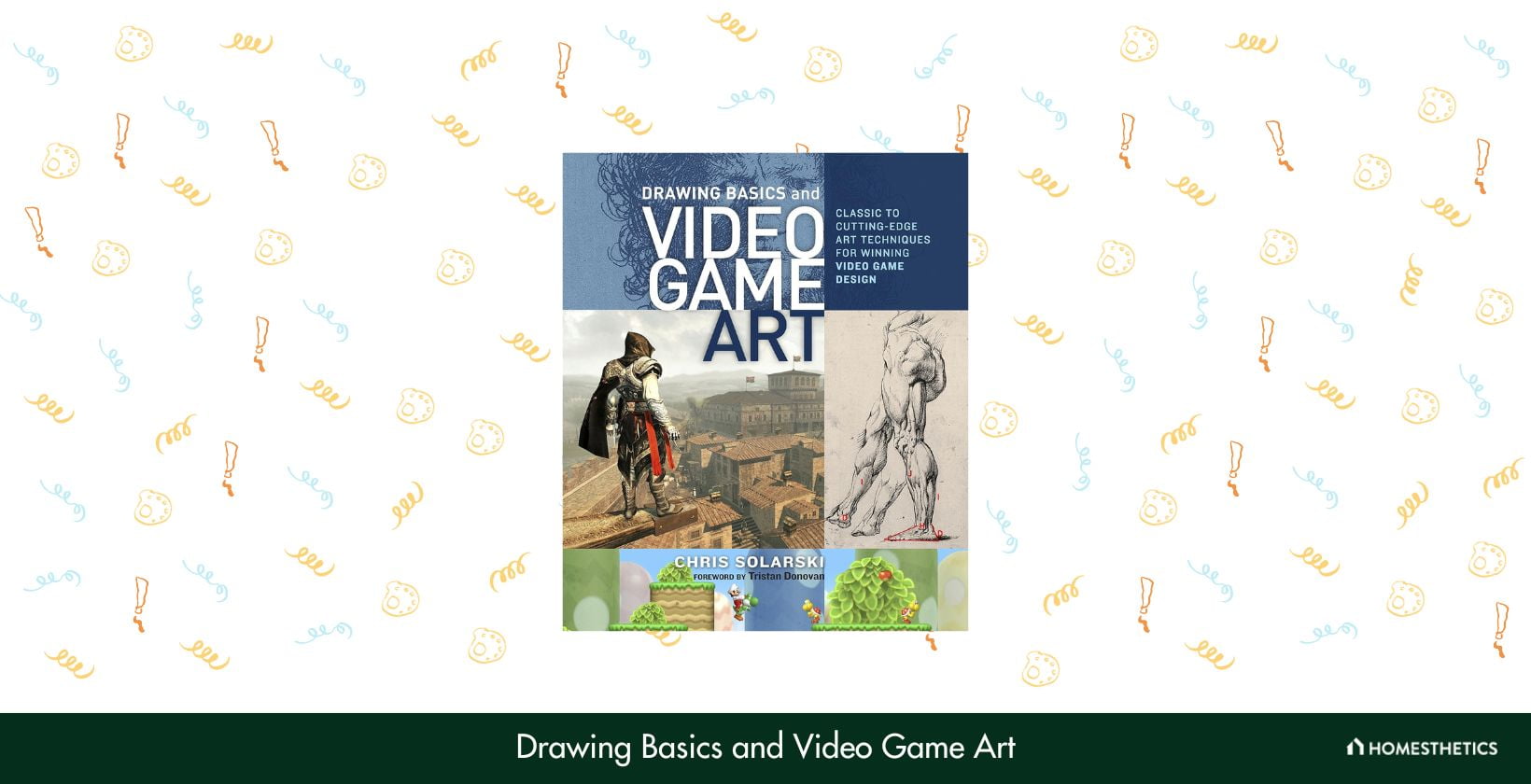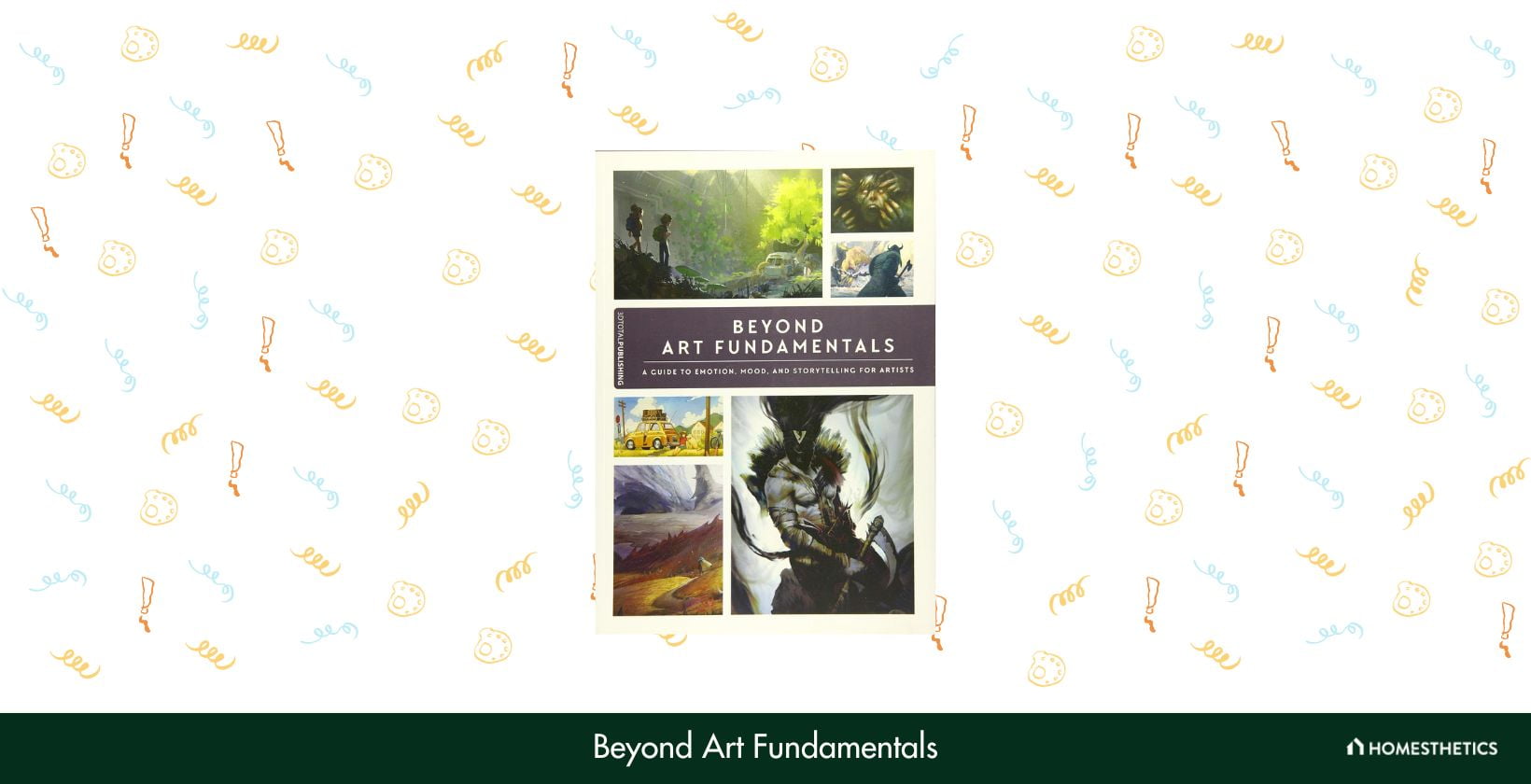 Reviewed by
Anton Giuroiu
&
Reviewed by
Anton Giuroiu
&
Concept art is about the illustration of an idea, that is later fleshed out to create characters, landscapes, buildings, etc.

Finding the right book to learn concept art can be tricky since this field is vast. You need to find guides that cover- the fundamentals of art, skills for technical painting, and conceptual ideas and give you a clear picture of the career prospects in the concept art industry.
You need to be well-armed with your skills in traditional art to use different painting software, create your portfolio, and build a professional network. These days concept art has a lot to do with workflow, speed, and accuracy, but the main focus lies in design.
It is essential to understand how things are designed. If you look at any of the animated movies, will you be able to describe what went into making that film roughly? Or at least guess the ideas behind the creation of each scene?
If you can answer them correctly, then you are on the right footing.
For a budding artist, it's challenging to create a masterpiece with an undeveloped set of art skills. When time is invested in learning the basics and practicing exercises given in the books, your skills will improve gradually.
Let's look into the list of different books that can help to build your base in concept art!
Best Concept Art Books for Artists
Here's the list of the 25 best concept art books for artists everywhere, encompassing essential guides that cover the fundamentals of art, technical painting skills, conceptual ideas, and valuable insights into the concept art industry.
Art Fundamentals
If you're an aspiring concept artist, it's essential to understand the fundamentals of art. For every piece that you create, you'll have to use the skills that you gain from the fundamentals. The skill set includes measuring, figure drawing, light and shadow, rendering, perspective, colors, forms, and several others.
1. Light for Visual Artists
The concepts of light and shadow can get a little tricky if you're new to the field of art. These concepts relate to value and how values are rendered in a painting or drawing. Light for Visual Artists will help you to understand the artistic techniques and raw scientific points of getting the benefits down correctly.
As you read through the given resources and tips, the concept of light will be crystal clear. However, you cannot expect to become an expert at rendering value or a master draftsman by just reading this book. Constant practice of the ideas that are given in this book will help you to improve your skills.
Lighting plays a massive role in every piece that you're trying to create. We advise you to get this book if you're having any problems with light in your artwork, the book explains the intricate details of this subject.
2. How to Draw - Best for Perspective & Imagination
If you want to learn about perspective and drawing from the imagination, then this book by Scott Robertson will come of great use. He is an educator to digital artists and concept artists at the Art Center and also conducts various presentations all across the US.
For a concept artist, it's essential to learn about imaginative drawing and realist life drawing as these concepts amalgamate to help you create any piece from your mind with realistic rendering.
The teaching style of the author is pretty detailed yet pristine at the same time. If you're a novice or an inexperienced artist, then it can get a little tricky to get your concepts clear from this book. However, if you're ready to put in an ample amount of practice, then the lessons will get easier to follow.
3. Figure Drawing for Artists: Making Every Mark Count - Best for Foundation & Tips
When you focus on learning about figure drawing from a book, it's more like learning to cook from a book. You cannot gain these practical skills until you get hands-on practice with them.
Moreover, several books share different tricks and techniques of figure drawing that can be effectively applied while you practice this art. Figure Drawing for Artists by Steve Huston will help you get the basics right for every figure drawing that you create.
If you're a new artist facing trouble in analyzing the figure or rendering it correctly on paper, then this book will act as your guide. Steve has included his figure drawings in this book to give you a visual presentation of the techniques that he has employed.
But you cannot rely on just this book to improve your skills, because implying the techniques in the studio will be your most excellent teacher. However, we advise you to get this book if you want to know the foundational concepts or pick up a few tips on figure drawing.
4. Art Fundamentals: Color, Light, Composition, Anatomy, Perspective, and Depth
In this concise publication of 272 pages, the purpose was to introduce the reader to the fundamental topics. There is no in-depth information on the main fundamentals of art, like perspective, anatomy, or form.
The book will help you understand the different techniques and their importance to digital art. However, this book is suitable for beginners to get the basics right, but it cannot be used as a professional study guide.
5. Human Anatomy for Artists: The Elements of Form - Best for Mastering Anatomy
The Human Anatomy for Artists by Eliot Goldfinger has everything you want to know about mastering the human figure. It is one of the most detailed books that you can find on human anatomy.
If you want to draw something from your imagination, then focus on studying the general concepts of your subject- looks, behavior, and the way it operates. To gain explicit knowledge of human anatomy can be difficult, but for drawing a figure, it's vital to master every part of the anatomy.
As you have a good understanding of the muscles, facial features, and poses, then your figure drawing will turn out to be perfect. Human Anatomy for Artists is a scientific manual that gives all the lessons on muscles, bones, and tendons. Every professional artist has learned all these bits and pieces to become an expert in what they create.
Digital Painting
As you complete the fundamentals of art, you'll gradually want to move into painting. Few artists will get into the traditional medium (oil paints), but if you're interested in concept art, then you should focus on digital painting.
The three aspects of digital painting are:
- To gain an understanding of how the graphics tablet should be used.
- To understand your choice of painting software.
- Focus on your skillset and goal.
1. Digital Painting for the Complete Beginner
The book focuses on the process of transitioning from the traditional medium to digital painting. It will be of more value for artists who are into oil painting than for the ones who have experience in drawing with a pencil.
However, an aspiring digital artist having a base knowledge of the fundamentals and experience in the different mediums of traditional art should read this book. The methods and goals of painting are the same in a conventional and digital forum. This book will help you understand the change in techniques and medium when you're new to digital art.
2. Beginner's Guide to Digital Painting in Photoshop
If you're starting with digital painting, then you should pick up Beginner's Guide to Digital Painting in Photoshop. The fundamentals of working with Photoshop in a creative studio have been covered in detail in this book.
Many artists prefer to select their software for painting, but animation studios and game studios mostly prefer Photoshop. The painting canvas and the brush panel are clearly explained in this book by 3DTotal.
The book has a few exercises that will help you understand the groundwork of painting in the Photoshop environment. If you're going to pick up this book, then you should have some artistic experience. Moreover, without the fundamentals, you will not understand much about painting from this book.
3. Digital Painting with Krita 2.9
Photoshop comes with a big price tag, but everyone might not have that kind of budget. So, Krita, a free and open-source painting software, will be a good option that works on all operating systems.
If you want to start using this software, then Digital Painting with Krita 2.9 by Scott Petrovic will greatly help. The book begins with a clear description of the interface in Krita and gradually moves into the techniques for digital painting.
Once you cover the basics, the book moves into the shortcuts along with a few quick tips that will help to broaden your knowledge. The book appears more like a Krita software book and less like a book on digital painting.
The author also mentions the different techniques that can be used to improve your workflow in digital painting. We recommend this book for semi-experienced artists who have an idea to paint on a tablet, but it might not be of great help to beginners.
You need to know the proper use of a graphics tablet before you dive into this book. Scott has done an excellent job of presenting Krita, but do watch a few tutorials to understand if this software will come of use to you.
4. Digital Painting Techniques
The goal of this book is not to help you master the skills and techniques that you will require while painting digitally. This book of 288 pages is a gem that targets semi-experienced advanced artists.
There is sufficient practical information given in this book to paint different objects and render them accurately. This book is from 3DTotal, and it's part of a more extensive series. You should start with this book, but we advise you to read the other books in this series too to understand the teaching style.
As you get your hands on the other volumes, you'll be able to learn a lot about the 3DTotal staff while the given exercises will enhance your painting skills.
5. Digital Painting Fundamentals with Corel Painter X3
If you're looking for another alternative to Adobe Photoshop for digital painting, then a quality substitute is Corel Painter. This book does an outstanding job introducing Corel Painter. The 256 pages in this book cover various fundamental topics like color theory, mixing of colors, balance, and composition.
You can probably learn the entire interface of Corel Painter, through the given practice exercises. Most of the projects focus on shortcuts and techniques in Painter to help you progress in this field.
For a beginner, this book will be of great use if they are ready to put in the required effort to learn about digital painting. The fundamental concepts are given a lot of focus throughout the book, which makes this piece great for any artist.
Concept Art
If you have an excellent foundational knowledge of art and you know how to paint, then it's all about practice. As you repeat the techniques that you have learned, you'll gain a clear insight which will lead to constant growth by fixing the gaps
Concept art act is the guideline, inspiration, and mood that is prevalent for film or game production. We have a list of a few concept art books you can use to construct new ideas and make a mark in this field. However, if you want to gain some excellent skills in concept art, then these books will be your guide.
1. The Art Of Mulan
In this book, you'll find that the main text has been broken down into four parts which have been detailed pretty well. This book gives a clear description of how this movie was created. Disney puts a significant emphasis on the story, and that is prevalent in this book. Some subtle and exquisite pieces of art are present in the first two sections of the book.
The research process that was followed by the artist is an exciting part of the book, as they visit China, and travel throughout the country. For a book from the nineties to have such details about the research trip will you keener towards following them on this journey. The artists explain the learning process and how they were inspired to create every different scene.
This large piece explains the philosophy and details that went into the story, art, and production of the film Mulan.
The design and layout of the book are fantastic as they connect well with the world of the film. If you're an ardent fan of animation, then we advise you to treat yourself to this book.
2. The Art of Pixar: The Complete Color Scripts
When we think of a book by Pixar, it's pretty normal to expect some playful and funky concept art. Unlike the other books on concept art, this piece features an extensive collection of color scripts.
Many of us got to know about color scripts only after Pixar books made this concept famous.
This book goes beyond the intricate details in the images and the artistic style used in each of the color scripts. The Art of Pixar: The Complete Color Scripts is a visual anthropology, which is made by the art directors from the most influential studio of filmmaking.
3. Surf's Up: The Art and Making Of A True Story
This book is filled with sketches, concept art, movie stills, and 3D WIP imagery. You will find an adequate amount of character designs of penguins, along with the color keys and concepts of different sequences from the film.
The various extracts from the film that are present in bits and pieces within the book make the book and the reader travel along with the film.
You are also given a small sneak peek into the character creation phase, where you'll get to see the different stages from 3D models to concept sketches.
On the whole, if you love animation, then this is a must-have book for your collection!
4. The Art Of Robots
This book is similar to any other art book by Pixar. As you take a glance at the images, you'll understand the amount of thought that was put into highlighting every intricate detail.
The selection of art and the quality of the designs in this book is vast. There is a lot of sets and character design. Interestingly, you'll also find pages with photos of materials and characters that were used for texturing the 3D models.
If you're already a fan of the Art of Pixar books, then you'll enjoy this piece. This art book has some of the most amazing, talented, and awe-inspiring pieces of work.
5. The Skillful Huntsman: Visual Development Of A Grimm Tale
The three artists Mike Yamada, Khang Le, and Felix Yoon share their experiences as students of the Art Center in Pasadena, CA. They explain their journey and the unique sketches that eventually paved their way into the entertainment industry.
As you read this book, you'll realize how it feels more as though you're going through a student project or a journal. Each of the concept artists has created the characters, props, environment, and other paintings for The Skillful Huntsman by following the Brothers Grimm story.
In this jam-packed book, you'll get a collection of design techniques and beautiful concept art. The book is filled with conceptual sketches, where you can see the process of an idea giving birth to an entire piece.
With this book, you'll be able to get a glimpse inside the minds of the three artists as they continue to develop their vision and create a well-known story.
Scott Robertson, who is a renowned teacher from the Art Center, leaves comments beneath each page where he critiques and gives an insight into the work. It's amusing to see how a teacher continues to critique the piece being created by his students.
The descriptions are brief enough and will not take your focus away from the designs. It is also exciting to read how the students of concept art create a piece that is based on an existing storyline.
If you love interpreting folklore and creating stories, then this book will be a gem in your collection.
6. The Art Of Star Wars Episode II: Attack Of The Clones
This part of the trilogy has more details about concept art than The Art Of Star Wars Episode I: The Phantom Menace. In this book, the pages are filled to the brim with environmental paintings, storyboards, character designs, ships, and sculptures.
The book shows how the different aspects- the weapons, the characters, the location, and the crafts had evolved in various stages before it came on screen.
Every page has captions given by the artists which describe the idea that they are trying to put across through every image. It is like the artist is providing you with behind-the-scenes details to present an artistic side to help you understand the movie-making process.
As usual, the sketches and character designs in this book appear larger than life, especially the environment paintings. Moreover, you'll get the entire script of the movie at the back of the book.
We recommend this book to Star Wars fans, concept artists, and sci-fi artists. You'll be amazed by the talent that was put into effect to create such a stunning piece of concept art.
7. The Disney Archives Series: Design
The Design edition of The Disney Archives Series is one fantastic book that will take you through the complete visual development history of Disney Animation. The book also has a few excerpts from other abandoned projects.
Try looking into The Disney Archives Series: Design, which is a concept art book that was written way further than the last decade. We advise you not to compromise on your creative potential, by just focusing on books from this decade.
8. The Art of How to Train Your Dragon
The character designs in this book are not over-rendered they have been well-balanced with some epic environments and high-resolution pieces.
The book features around 350 pieces of development artwork, which includes concept paintings, story sketches, and character designs.
If you're looking to have reference material that will guide your sketching work, then getting this book will help you to a great extent.
9. The Art of Monsters, Inc.
The Art of Monsters, Inc. is filled with a ton of set drawings and character designs. Other than the credits and caption in this book, there is no other text that you can find.
The various art concepts in this book are very colorful, and you'll enjoy every panel of the pastel drawing by Ralph Eggleston and Dominique Louis. With this book, you can get inspired as you observe the excellent quality of skills used in creating art.
This collection of concept art has been created by using different mediums, and it was made before digital painting came into the arena.
10. The Nine Old Men & The Art of Animation
The Nine Old Men & The Art of Animation has some expert animation drawings, and it consists of the grandfathers who are part of the history of Disney's animation.
Each chapter in this book talks about the projects and careers of each of the animators along with sequences that give you more explanation.
When we consider how rare, strong draftsmanship has become these days, we understand that such pieces of books are essential to set the standard in concept art.
11. Big Bad World of Concept Art for Video Games
If you're studying art and you choose to make your career in the field of concept art, then you'll love this book. In this book, the author Professor Eliott Lilly speaks about the student's work and his experience of teaching young minds who aspire to be artists.
The Big Bad World of Concept Art for Video Games offers a few distinct tips for selecting the right classes, the right school, and the practice exercises to focus on, along with suggestions to help you improve your portfolio. There are also tips shared by the author on how a young artist wanting to make a career in the video game industry can get jobs.
The works of students and professionals are widespread in this book to help you understand the level of progress and quality skills of different artists. By following this book, you'll gain the required knowledge to prepare you for the competitive path in the life of a concept artist. This will, in return, help you to hone your skills as an artist.
The author is straightforward and transparent with his thoughts, which helps to make this piece a good read. It is going to inspire you to learn different techniques to improve in the field of concept art, or it will make you second guess your career choice.
Irrespective of the outcome, we believe that this book will be of great use for you to understand the field of concept art.
12. Imaginative Realism: How to Paint What Doesn't Exist
If you're an aspiring concept artist, then you should read Imaginative Realism. The book will help you understand how you can paint the things that don't exist and gives you different tricks over 224 pages.
Every concept artist is paid to create designs of things and characters that don't exist in real life. You might find that the book is not written for concept artists, but only if you focus on the details hidden behind each page will it be helpful for you.
In this book, James Gurney shares different techniques for helping you render various concepts like humans, creatures, buildings, the environment, and more.
It's simple to have different imaginative ideas in your mind, but the real test comes when you have to render them correctly. With this book, you'll understand how to represent your ideas on paper.
13. Drawing Basics and Video Game Art
If you're into video game art and you want to use your skills with a purpose, then you should try to give this book a read. You'll understand how concept art is applied to the world of video games.
The complex and rich history of gaming, along with a description of the different artistic styles have been covered in this book. A large portion of the book focuses on describing how video game art can be efficiently interwoven with fine art and how this concept has advanced over the past decades.
Many sections in this book talk about the different fundamentals of art like lighting, figures, composition, and general techniques used for sketching. This is an artist's book, even though it takes a dip into gaming.
Drawing Basics and Video Game Art has more to do with the history of game art and is not much of a drawing book.
14. How to Become a Video Game Artist
Sam R. Kennedy, who is a renowned game artist, has several years of experience and fellow workers who are employed in the gaming industry. The help that was rendered by his colleagues was put to productive use by the author in making How to Become a Video Game Artist.
In every chapter, you'll find a description of the different jobs in the field of concept art- animators, environment art, character art, and GUI designers. Each of the chapters consists of stories from professionals who are employed in this industry and the advice given in this book helps to guide aspiring concept artists.
The book describes the skills, requirements, and demands of each job, which gives you a clear overview of the professions. The last chapter has tips by the author for aspiring concept artists to refine their portfolios and how they should be preparing themselves for the field of game art.
15. Beyond Art Fundamentals
When you have covered the basics of traditional art, you'll be left wondering how you can advance toward concept art from an ideal point of view.
When you plan to design a piece, it should be technically creative along with it being philosophical to a certain extent. The topics that have been covered in Beyond Art Fundamentals cannot be easily found in any other book.
In this book, you'll find several professional artists sharing their opinions and views gestures, moods, and emotions, and giving you ideas to create designs that will fit in perfectly with the storyline.
According to the view of professional artists, every image should have a specific emotion, purpose, and feeling associated with it. This book helps you to understand these subtle nuances that need to be incorporated into your artwork and the different approaches that you should use for creating every piece.
What is the Best Concept Art Book?
This section provides an informative comparison of top-rated concept art books. The accompanying table highlights key specifications for each product, including their length, dimensions, weight, and publisher.
| Product | Length | Dimensions | Weight | Publisher |
|---|---|---|---|---|
| Light for Visual Artists | 176 pages | 8.5 x 0.75 x 11 inches | 1.95 pounds | Laurence King Publishing |
| How to Draw | 208 pages | 9.1 x 0.8 x 11.03 inches | 2.5 pounds | Design Studio Press |
| Figure Drawing for Artists: Making Every Mark Count | 192 pages | 8.63 x 0.75 x 10 inches | 1.5 pounds | Rockport Publishers |
| Art Fundamentals: Color, Light, Composition, Anatomy, Perspective, and Depth | 272 pages | 8.5 x 1.25 x 12 inches | 2.55 pounds | 3DTotal Publishing |
| Human Anatomy for Artists: The Elements of Form | 368 pages | 12.32 x 9.32 x 1.11 inches | 3.79 pounds | Oxford University Press |
| Digital Painting for the Complete Beginner | 160 pages | 8.28 x 0.49 x 9.28 inches | 1.16 pounds | Watson-Guptill |
| Beginner’s Guide to Digital Painting in Photoshop | 224 pages | 11.5 x 0.25 x 8 inches | 2.19 pounds | 3DTotal Publishing |
| Digital Painting with Krita 2.9 | 232 pages | 6 x 0.55 x 9 inches | 0.7 pounds | Louvus Media |
| Digital Painting Techniques | 286 pages | 10.9 x 8.5 x 0.6 inches | 2.35 pounds | Routledge |
| Digital Painting Fundamentals with Corel painter X3 | 288 pages | 7.5 x 0.75 x 9.25 inches | 1.54 pounds | Cengage Learning PTR |
| The Art Of Mulan | 192 pages | 10.5 x 1 x 13.5 inches | 4.46 pounds | Hyperion |
| The Art of Pixar: The Complete Color Scripts | 320 pages | 9.25 x 1.25 x 11.25 inches | 4.3 pounds | Chronicle Books |
| Surf’s Up: The Art and Making Of A True Story | 148 pages | 10.5 x 1.1 x 11.3 inches | 3.1 pounds | Insight Editions |
| The Art Of Robots | 144 pages | 9.2 x 0.8 x 11.4 inches | 2.38 pounds | Chronicle Books |
| The Skillful Huntsman: Visual Development Of A Grimm Tale | 160 pages | 10.28 x 0.77 x 10.24 inches | 2.55 pounds | Design Studio Press |
| The Art Of Star Wars Episode II: Attack Of The Clones | 224 pages | 9.5 x 0.88 x 12.25 inches | 2.95 pounds | Del Rey |
| The Disney Archives Series: Design | 256 pages | 13 x 11 inches | 5.4 pounds | Disney Editions |
| The Art of How to Train Your Dragon | 160 pages | 11.5 x 1 x 10.5 inches | 0.22 pounds | Newmarket Press |
| The Art of Monsters, Inc. | 144 pages | 9.4 x 0.9 x 11.4 inches | 2.35 pounds | Chronicle Books |
| The Nine Old Men & The Art of Animation | 310 pages | 9.25 x 1.25 x 12.25 inches | 4.86 pounds | Disney Editions |
| Big Bad World of Concept Art for Video Games | 144 pages | 8.7 x 1 x 11.2 inches | 1.6 pounds | Design Studio Press |
| Imaginative Realism: How to Paint What Doesn’t Exist | 224 pages | 9 x 0.6 x 10.5 inches | 2.01 pounds | Andrews McMeel Publishing |
| Drawing Basics and Video Game Art | 240 pages | 8.49 x 0.67 x 10.02 inches | 1.97 pounds | Watson-Guptill |
| How to Become a Video Game Artist | 160 pages | N/A | N/A | Watson-Guptill |
| Beyond Art Fundamentals | 224 pages | 8.25 x 0.5 x 11.5 inches | 2.12 pounds | 3DTotal Publishing |
What Is Concept Art?
Concept art is a form of illustration used to convey an idea for use in films, video games, animation, or comic books before it is put into the final product. It typically consists of sketches, paintings, and 3D models that help the creators visualize the world and characters of their stories.
Characters, places, stories, and entire worlds that do not exist are shaped as concept art through numerous iterations.
A concept is the first step in any design process.
Buying Guide for the Best Concept Art Books for Artists
When purchasing concept art books, it's crucial to consider several factors to ensure you make the right choice. The following comprehensive buying guide will help you navigate through the options and find the best concept art books for your needs.
Content and Focus
Look for books that cover the fundamentals of art, including figure drawing, perspective, color theory, composition, and rendering. Consider the specific focus of the book, whether it's character design, environment design, creature design, or general concept art techniques. Choose books that align with your interests and goals.
Author's Expertise and Reputation
Research the authors of the concept art books you're considering. Check their credentials, experience, and reputation within the industry. Look for books written by established concept artists or industry professionals who have worked on notable projects. Their insights and knowledge will be valuable.
Demonstrations and Step-by-Step Guides
Books that provide detailed demonstrations and step-by-step guides are highly beneficial for learning and practicing new techniques. Ensure the book includes clear explanations, visual examples, and exercises that allow you to apply the concepts and improve your skills.
Variety of Art Styles and Artists
Choose concept art books that showcase a range of art styles and feature different artists. Exposure to diverse styles will broaden your understanding and inspire creativity. Look for books that include interviews or profiles of successful concept artists, providing insights into their creative process and career paths.
Quality of Artwork Reproduction
Check the print quality and paper type of the book. High-quality reproductions of artwork will allow you to appreciate the details and nuances in the illustrations. Consider books with large, clear images that effectively showcase the artwork, making it easier to study and learn from.
Industry Relevance and Application
For aspiring concept artists, it's crucial to choose books that are relevant to the current industry trends and practices. Look for books that discuss digital painting techniques, software applications commonly used in the industry, and workflow processes for concept art production.
Reviews and Recommendations
Read reviews and seek recommendations from trusted sources, such as professional concept artists or reputable art communities. Consider joining online forums or communities where artists discuss and recommend concept art books based on their personal experiences.
Important Tip: Continual Practice and ApplicationWhile concept art books can provide valuable guidance and knowledge, remember that practice and application are crucial for skill development. Here's an important tip to keep in mind:
Regularly practice the techniques and exercises provided in the books to strengthen your foundation and improve your art skills. Apply what you've learned to personal projects and create your concept art to build a diverse portfolio that showcases your unique style and ideas. Seek feedback and critique from fellow artists or mentors to identify areas for improvement and refine your work.
Remember, concept art is a constantly evolving field, so keep learning, experimenting, and staying updated with the latest industry trends to excel in your journey as a concept artist.
What are some recommended concept art books for understanding light?
Light for Visual Artists” is a highly recommended book for understanding light in art. It provides insights into artistic techniques and the scientific aspects of rendering light and value in paintings or drawings.
Are there any books recommended for beginner artists to learn the basics of art?
Art Fundamentals: Color, Light, Composition, Anatomy, Perspective, and Depth” is a good book for beginner artists to grasp the basics of art. It covers various fundamental topics and techniques, providing a solid foundation for further study.
What book is suitable for beginners transitioning from traditional to digital painting?
Digital Painting for the Complete Beginner” is a book that focuses on helping artists transition from traditional to digital painting. It offers valuable insights and techniques for adapting to the digital medium.
What book is suitable for advanced artists looking to improve their digital painting skills?
Digital Painting Techniques” by 3DTotal is a book recommended for advanced artists looking to enhance their digital painting skills. It offers practical techniques and exercises for painting different objects.
Are there any books specifically about concept art?
Yes, there are several concept art books available. “The Art of Mulan,” “The Art of Pixar: The Complete Color Scripts,” “Surf’s Up: The Art and Making Of A True Story,” and “The Art Of Robots” are some examples of concept art books that provide insights into the creation of specific films and animation.
Conclusion
Use these books to your benefit to help you develop the fundamental skills of art, a professional network, and the right portfolio. These will pave the way for you to become a professional concept artist. There is no better way to learn than practicing religiously and following the experiences of other artists in this field.
From the above 25 best concept art books for artists, the top three expert recommendations are as follows: "Light for Visual Artists: Understanding & Using Light in Art" is an ideal option for comprehending light and shadow in artwork,
"How to Draw: drawing and sketching objects and environments" is a good choice for enhancing perspective and imagination, and "Figure Drawing for Artists: Making Every Mark Count" is the right selection for building a solid foundation and improving figure drawing skills.
These books provide valuable insights and practical tips to aid artists in their artistic journey and creative development.
Till next time keep exploring the field of art!

